19C Russian Literature in Translation
This project investigates the role of translation in nineteenth-century Russian literature’s rise to prominence in world literature as a case study in the processes whereby a nationally or linguistically defined literature may achieve circulation and recognition on a global level.
A separate website for this project is under construction.
General Information
The digital humanities project Nineteenth-Century Russian Literature in Translation (19CRLT) was launched at the University of Pennsylvania in fall 2020. It currently tracks book publications of works by Pushkin, Gogol, Turgenev, Tolstoy, and Dostoevsky in translation into English, French, German, and Spanish from the death of Pushkin in 1837 to the outbreak of the Great War in 1914, comprising a growing database as well as maps, graphs, and other visualizations of the data. Future phases will add more authors and expand the scope to include other global contexts in which Russian literature became an important translated literature in the twentieth century.
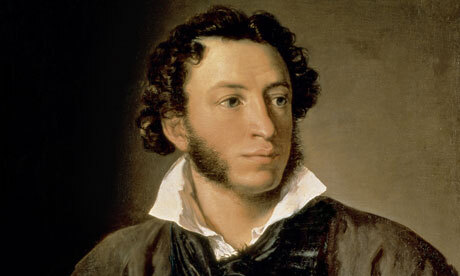
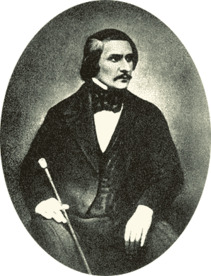
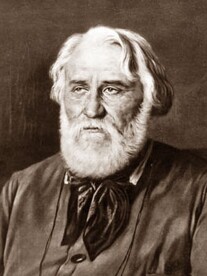
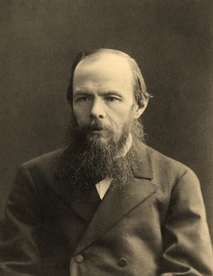
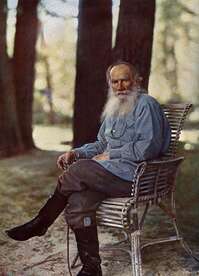
What was the role of France in the canonization of Russian literature (was Paris, as Pascale Casanova proposed, really the most important “capital” of the “World Republic of Letters”)? Did other locales play an equally important role in this process? In what ways was the canon of Russian literature composed differently in different translated contexts? How does our data reflect the various distinct configurations of literary space and institutions and of the culture of translation in the target languages? These are the major questions the project seeks to answer.
The project would be impossible without the immense support of the Price Lab of Digital Humanities and the Russian and East European Studies department at the University of Pennsylvania.
Our team includes faculty members at the University of Pennsylvania and at other institutions, independent scholars, graduate students and undergrads. We are working to keep things as collaborative and horizontal as possible. Here is the list of people currently working on this project as well as those who used to work on it in the past. The list is in the alphabatical order:
- Scott Bartling
- Drew Basile
- Aliyah Bixby-Driesen
- Rachel Dennis
- Emily Despinoy
- Catherine Fantuzzo
- Aisha Garaeva
- Cassandra Hradil
- D. Brian Kim
- Hilah Kohen
- Ekaterina Kokovikhina
- Sergei Miroshkin
- Natalia Morozova
- Olga Nechaeva
- Jan Nowak
- Kevin M. F. Platt
- J. D. Porter
- Lydia Shaw
- Helen Stuhr-Rommereim
- Eugenia Ulanova